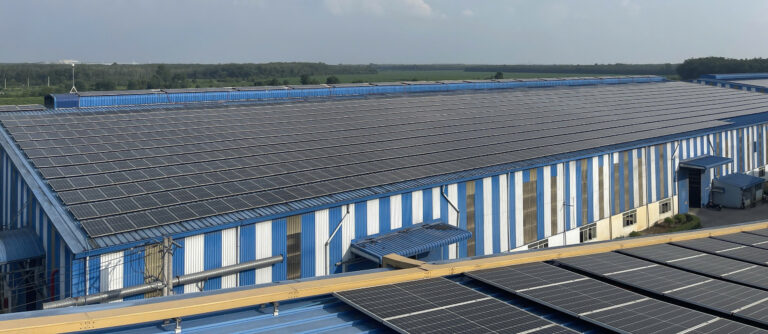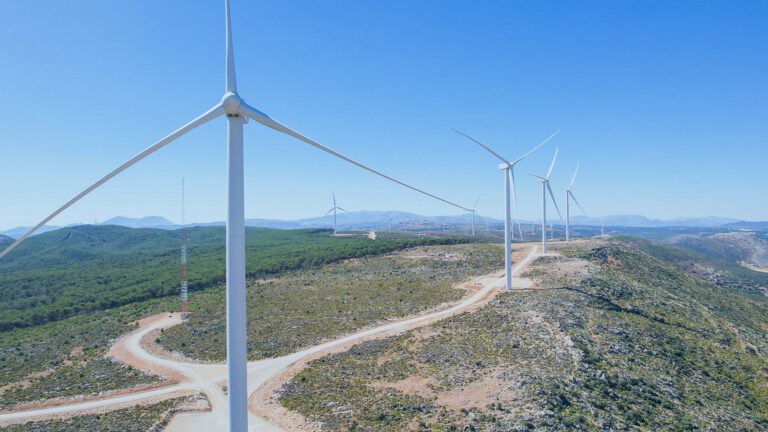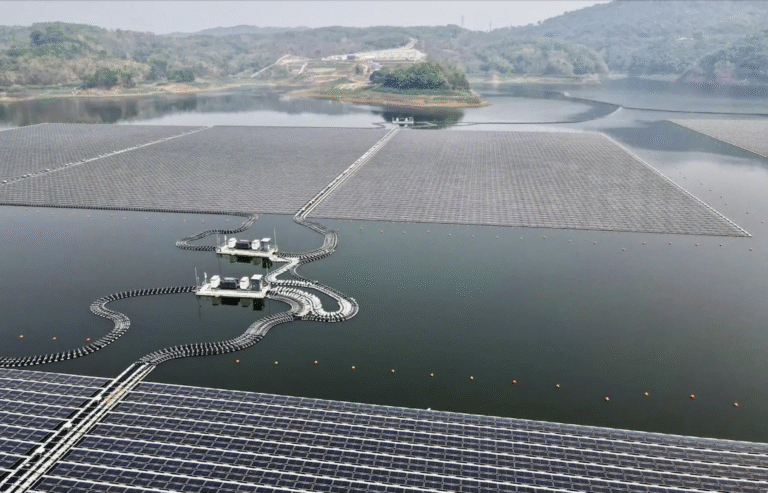As society moves away from fossil fuels, the demand for batteries is increasing, and this increase could lead to a shortage of lithium and cobalt, essential elements in popular batteries.
One alternative could be sodium-ion batteries, which use mainly table salt and biomass derived from the forestry industry as raw materials. Now, a team of researchers from Chalmers University of Technology in Sweden, has shown that these sodium-ion batteries have a comparable climate impact to their lithium-ion counterparts – without the risk of running out of raw materials.
“The materials we use in future batteries will be crucial to enable the transition to renewable energy and a fossil-free vehicle fleet,” said Rickard Arvidsson, Associate Professor of Environmental Systems Analysis at Chalmers.
According to the European Commission’s Critical Raw Materials Act, demand for critical battery raw materials is expected to increase exponentially as countries in the European Union (EU) transition to renewable energy systems and electric vehicles. The green transition will also require more local production of batteries and other new fossil-free technologies, and a stable supply of raw materials to meet demand. At the same time, such production is at high risk of supply disruptions due to limited sources of raw materials.
Rickard Arvidsson comments: “Lithium-ion batteries are becoming the dominant technology in the world and they are better for the climate than fossil-based technologies, especially when it comes to transport. But lithium poses a bottleneck. You can’t produce lithium-based batteries at the same rate as you would for electric cars, and there is a risk of running out in the long run. In addition, key battery materials such as lithium and cobalt are largely mined in only a few places in the world, posing a supply risk.”
Sodium-ion batteries offer promising technology
The development of new battery technologies is progressing rapidly in the search for the next generation of sustainable energy storage – preferably with a long lifespan, high energy density and ease of manufacturing. The team at Chalmers chose to look at sodium-ion batteries, which contain sodium – a very common substance found in common sodium chloride – rather than lithium. In a new study, they carried out what is known as a life-cycle assessment of the battery, in which they examined the total environmental and resource impact of the extraction and production of the raw materials.
“We concluded that sodium-ion batteries are much better than lithium-ion batteries in terms of their impact on mineral resource scarcity and are comparable in terms of their climate impact,” reports Rickard Arvidsson. “Depending on the scenario you consider, they have a theoretical electricity storage capacity of between 60 and just over 100 kg of carbon dioxide equivalent per kilowatt hour, which is lower than previously reported for this type of sodium-ion battery. This is clearly a promising technology.” The team also identified a number of measures that could further reduce the climate impact – such as developing a better electrolyte for the environment, as this accounts for a large part of the battery’s total impact.
Green energy requires energy storage
Sodium-ion batteries are expected to be used for stationary energy storage in the grid today, and with continued development, they could also be used in electric cars in the future. “Energy storage is a prerequisite for the expansion of wind and solar power. Since storage is mainly done using batteries, the question is what will these batteries be made of? The growing demand for lithium and cobalt could be an obstacle to this development,” explains Rickard Arvidsson.
The main advantage of this technology is that the materials used to make sodium-ion batteries are abundant and can be found all over the world. One electrode in the battery – the cathode – has sodium ions as the charge carrier, and the other electrode – the anode – is made of hard carbon, one of the examples the Chalmers team studied can be produced from biomass from the forestry sector. In terms of manufacturing processes and geopolitics, sodium-ion batteries also offer an alternative that could accelerate the transition to a fossil-free society. “Batteries based on abundant raw materials can reduce geopolitical risks and dependence on specific regions, both for battery manufacturers and countries,” emphasizes Rickard Arvidsson.
The study is a potential life-cycle assessment of two different sodium-ion batteries, in which the environmental and resource impacts are calculated from start to finish – i.e. from raw material extraction to battery production. The functional unit of the study is a theoretical electricity storage capacity at the cell level of 1 kWh. Both batteries are mainly based on abundant raw materials.
The anode is made of bio-based hard carbon or fossil fuels, and the cathode is made of so-called “Prussian white” (which consists of sodium, iron, carbon and nitrogen). The electrolyte contains sodium salts. Production is modeled to correspond to future large-scale production. For example, the actual battery production is based on large-scale lithium-ion battery production.
Two different power mixes were tested, as well as two different types of allocation methods – i.e. resource and emissions allocation. One method in which the climate and resource impacts were allocated between by-products based on volume, and one method in which all impacts were allocated to the main product (the sodium-ion battery and its components and materials).









